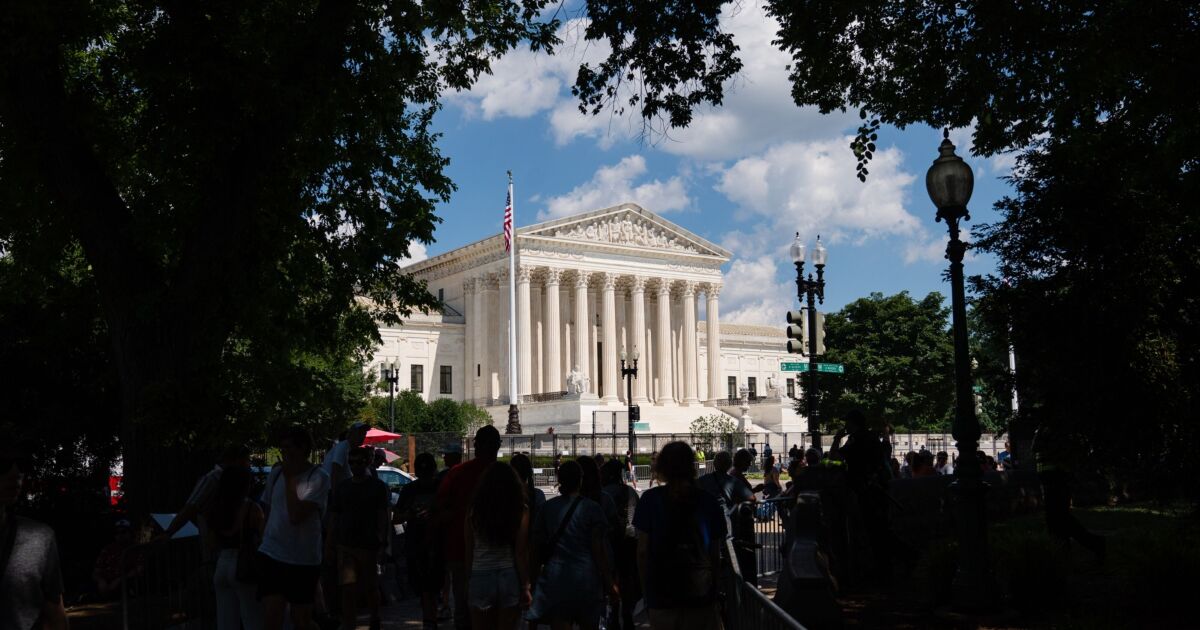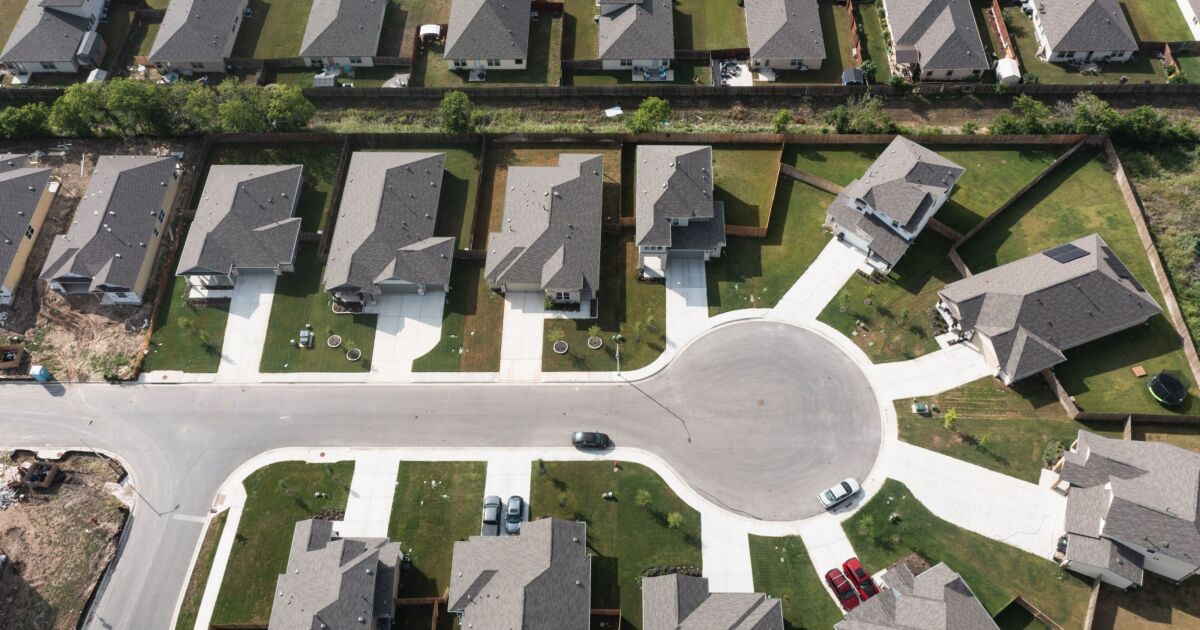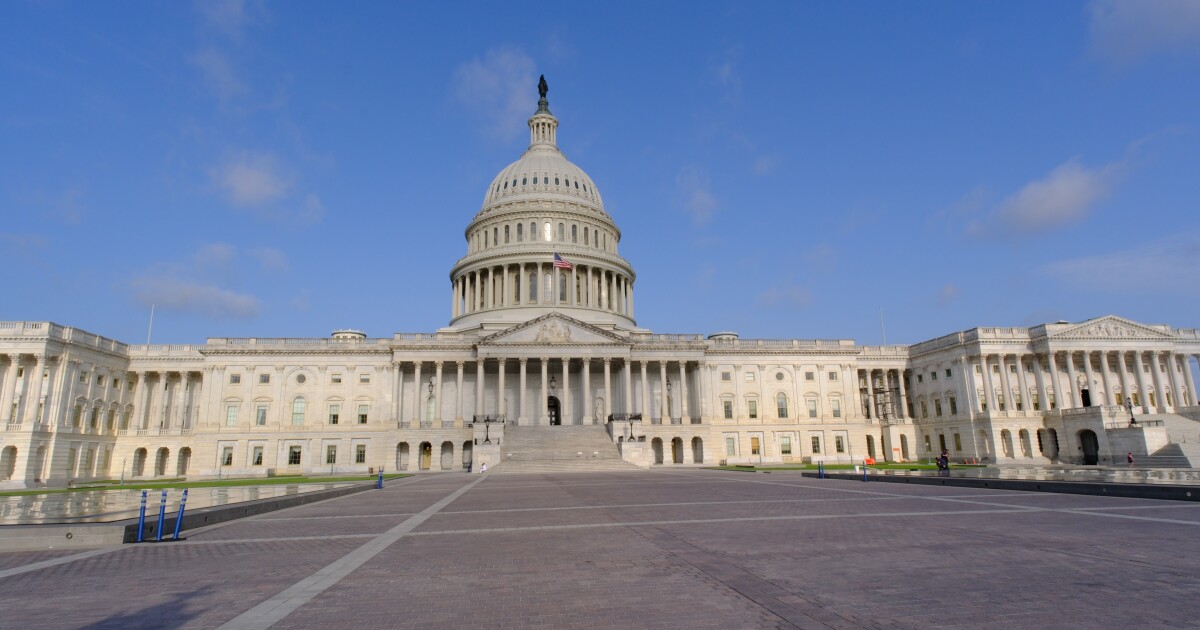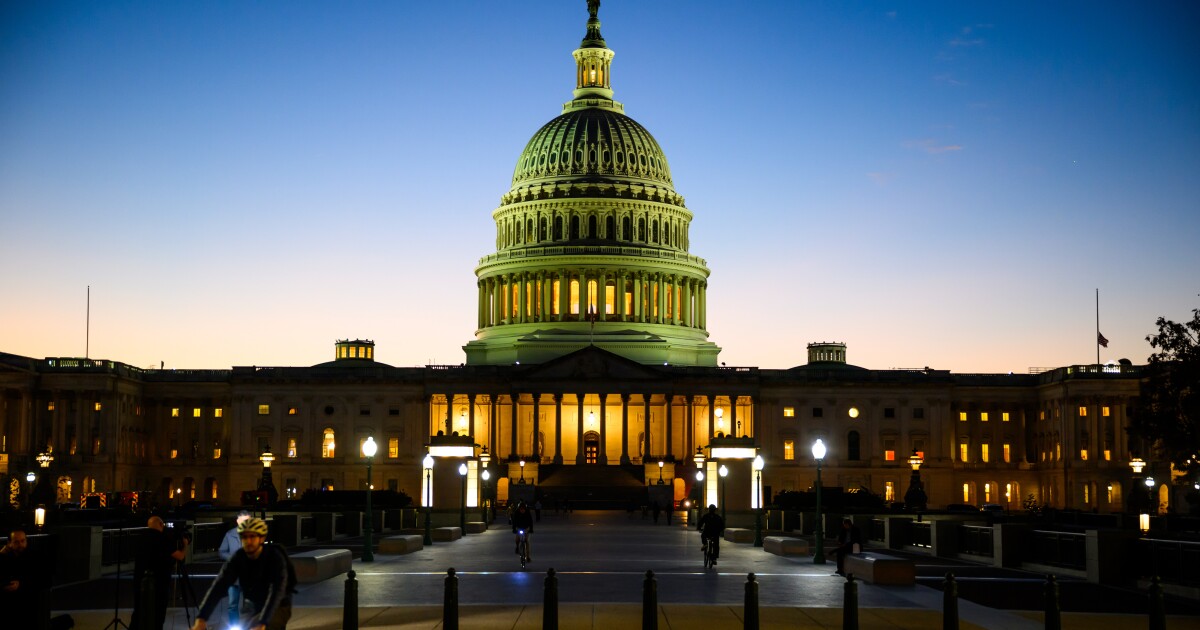
The U.S. Supreme Court refused to question New York's decades-old rent-control system, turning away two appeals from apartment-building owners.
The rebuff Tuesday ends months of deliberations over the cases, which had been fully briefed since late September. The court as a whole gave no explanation for either the rejection or the unusually long delay.
In a two-paragraph statement outlining his views, Justice Clarence Thomas said the court eventually should consider whether the city unconstitutionally restricts some landlords from evicting tenants. But he said the apartment owners' lawsuits involved mostly "generalized allegations about their circumstances and injuries" and didn't provide a clear enough picture of how the city's regulations work.
The rebuff follows an Oct. 2
The New York Rent Stabilization Law, which dates back to 1969, is among the most tenant-friendly in the nation. It requires landlords to renew leases except in limited circumstances, including a failure to pay rent, and lets family members take over a lease if they have lived in the unit for at least two years.
The law also gives the city's Rent Guidelines Board authority to set maximum rent increases every year. The board considers a list of factors, including the economic condition of the residential real estate industry, vacancy rates and the cost of living in the area. The law applies to buildings that were built before 1974 and have six or more units.
City and state officials urged the Supreme Court to leave the system intact and not take up the appeals.



